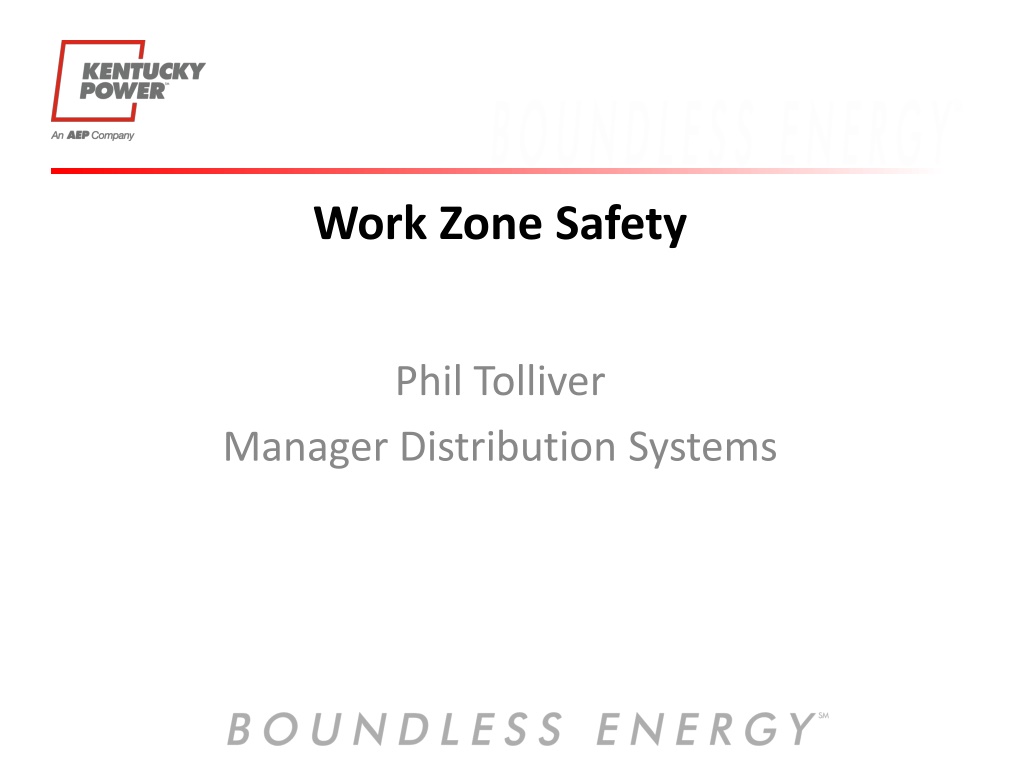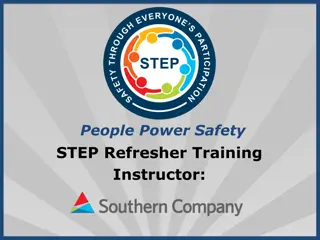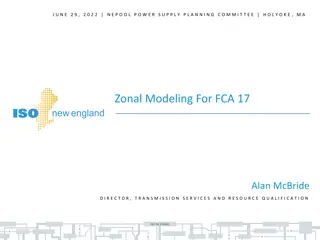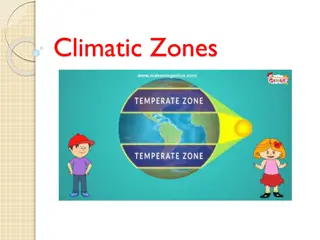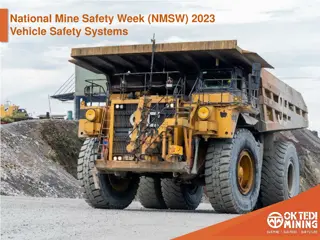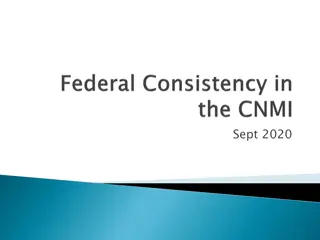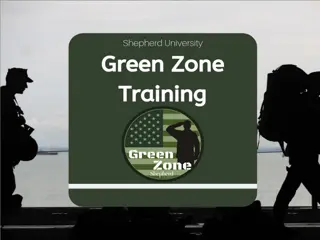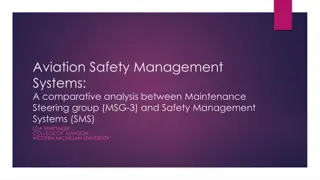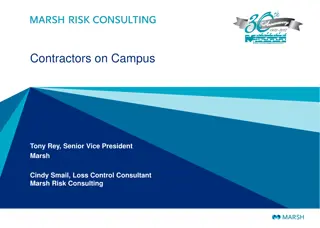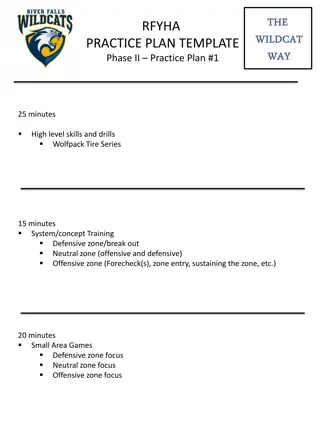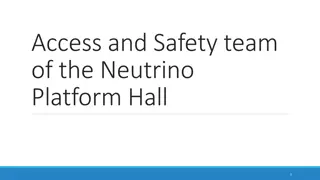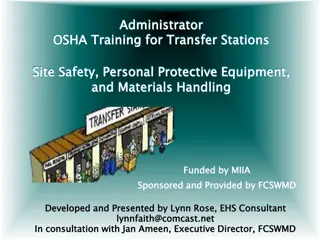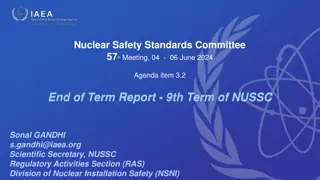Work Zone Safety
Kentucky Power, headquartered in Ashland, serves 163,000 customers across 20 eastern Kentucky counties. Learn about the near misses in traffic control zones, risks faced by utility workers, and the proper training procedures in place to ensure safety.
Download Presentation

Please find below an Image/Link to download the presentation.
The content on the website is provided AS IS for your information and personal use only. It may not be sold, licensed, or shared on other websites without obtaining consent from the author.If you encounter any issues during the download, it is possible that the publisher has removed the file from their server.
You are allowed to download the files provided on this website for personal or commercial use, subject to the condition that they are used lawfully. All files are the property of their respective owners.
The content on the website is provided AS IS for your information and personal use only. It may not be sold, licensed, or shared on other websites without obtaining consent from the author.
E N D
Presentation Transcript
Work Zone Safety Phil Tolliver Manager Distribution Systems
SERVICE AREA Kentucky Power, headquartered in Ashland, provides service to approximately 163,000 customers in all or part of 20 eastern Kentucky counties. Kentucky Power s distribution operations work from service centers in Ashland, Hazard and Pikeville and from area offices in Paintsville and Whitesburg. MILES OF POWER LINES Miles of Distribution Lines 10,108 Miles of Transmission Lines 1,263
Work Zone Safety Kentucky Power has experienced near misses in traffic control zones. Because we cannot control the actions of drivers, we cannot fully eliminate the risk to utility workers in work zones. Risks include: Distracted Driving (cell phone use, adjusting controls of radio, talking to passengers etc.) Speeding in work zones Fatigued Drivers Impaired Drivers
Proper Training / Professional Flagging Business Partners The Manual on Uniform Traffic Control Devices for Streets and Highways, or MUTCD defines the standards used by road managers nationwide to install and maintain traffic control devices on all public streets, highways, bikeways, and private roads open to public travel. The MUTCD is published by the Federal Highway Administration; part 6 temporary traffic control (relates to traffic control work zones). Training: Kentucky Power employees complete annual flagging certification through the University of Ky, Basic Work Zone and Flagger Train-the-Trainer program. Utilize Qualified Business Partners Area Wide Traffic Control Road Safe Traffic Control Asplundh Tree Service Safety Observations conducted by Kentucky Power Safety and Health and Management to verify proper work zone set up.
Safety in Work Zone Setup Every work zone is different! Several items must be considered in determining traffic control. 1. Plan for Safety: Workers should always consider the safety of motorists, pedestrians and workers moving through their zone. 2. Limit Delays: Traffic controls should keep vehicles moving safely and quickly. 3. Positive Guidance: Motorists and pedestrians should be warned, informed and guided in a clear and positive manner while they approach and travel through the work zone. 4. Monitor: Workers should periodically assess the effectiveness of the traffic control. 5. Plan for the Worst Case: Workers should plan for the possibility of errant vehicles leaving the roadway and affecting the work zone. 6. Rely on Your Training. Refer to the Utility Work Zone Traffic Control Field Manual (MUTCD) Proper Signs
